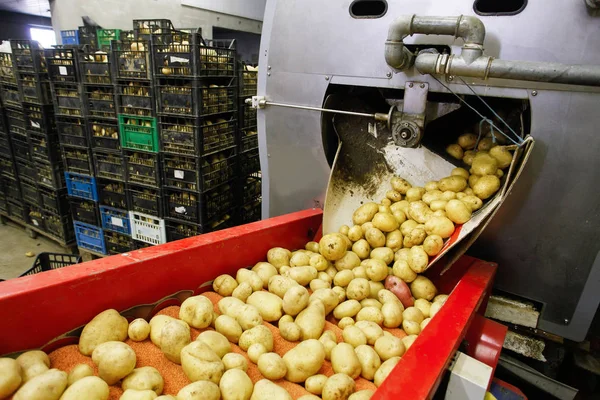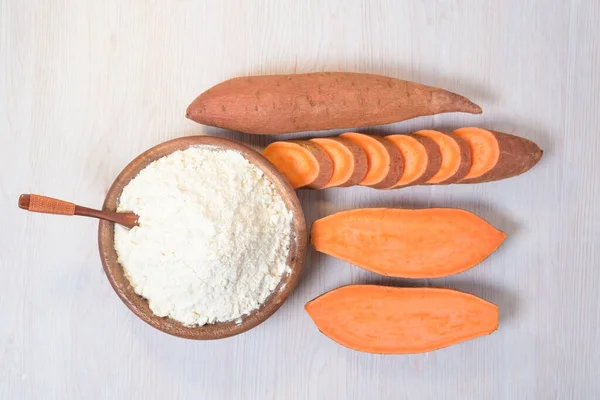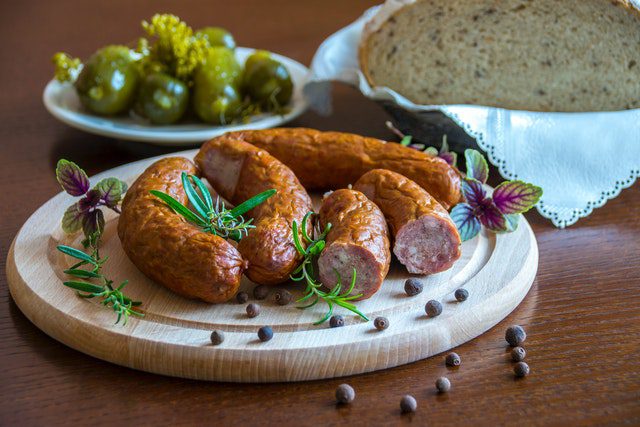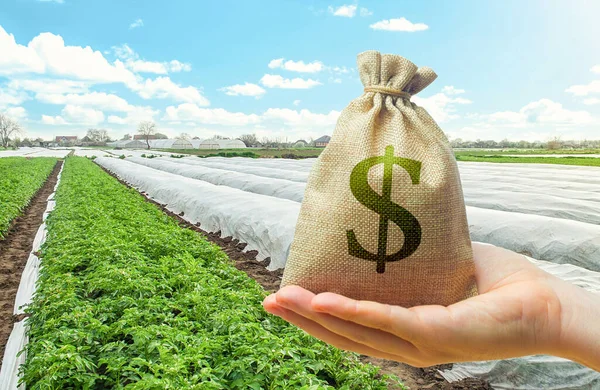Are you a sweet potato, Irish potato, carrots, yams, cassava, or arrowroots farmer looking to make more money? This post will show you how value addition is the answer.
Value addition has the potential for root tuber farmers to increase their profitability, and market competitiveness. It is also a chance and create specialized and niche processed products such as starch, glucose, and vodka that meet the various needs of consumers.
This post will show you how investing in value addition is the answer to making more money.
Tuber Crops Farming and processing in Kenya
| Tuber Crop | Key Processed Products |
|---|---|
| Irish Potato | Flakes, crisps, chips, puree, flour |
| Cassava | Gari, fufu, starch, flour, tapioca, high-quality cassava flour (HQCF) |
| Sweet Potato | Flour, puree, chips, crisps, starch, alcoholic beverages |
| Cocoyams (Arrow Roots) | Flour, puree, chips, crisps |
| Yams | Flour, puree, chips, crisps |
Tuber crops common in Kenya include Irish potato, cassava, sweet potato, cocoyams (arrow roots), and yams.
These crops are important food crops in Kenya, and their production is increasing due to their ability to withstand drought and their potential for commercial processing. Sweet potato is particularly important in dry areas, while potatoes are adapted to a wide range of all climatic conditions. Cassava and yams are also important staple foods in many parts of Africa, Latin America, the Pacific Islands, and Asia. The production of these crops is often carried out by small-scale farmers using traditional tools and practices, with women providing most of the labor for production and harvesting.
Tuber crops Processing and value addition

Techniques you can use include primary, secondary, high-end food processing, and product diversification, as further explained below
Primary Value Addition Ideas
Primary processing forms the foundation of value addition for root tuber crops. This includes critical steps such as cleaning, sorting, grading, and packing of raw tubers. Additionally, you can consider washing, peeling, slicing, and drying of the tuber crops to make extra money.
- Washing and Cleaning: Cleaning involves removing soil, debris, and other foreign materials from the tubers to improve their appearance and hygiene. This process can be done manually or using simple machines such as water sprays, water tanks and brushes.
- Sorting: Sorting involves separating tubers based on their size, shape, and quality. This process helps in ensuring uniformity in size, which is essential for packaging and marketing. Sorting can be done manually or using simple machines like grading tables and sieves
- Grading: Grading involves categorizing tubers based on their size, weight, and quality. This process helps in ensuring that the tubers meet the specific requirements of different markets and consumers. Grading can be done manually or using simple machines like grading trays and scales.
- Packing: Packing involves placing tubers in bags, boxes, or containers for transportation and sale. Proper packing ensures that the tubers are protected from physical damage, moisture, and contamination. Packing can be done manually or using simple machines like packing machines and bagging equipment.
Secondary Processing Ideas
Secondary processing involves transforming raw tubers into value-added products through various methods. Steaming, boiling, or roasting root tubers can yield ready-to-eat snacks or ingredients for further processing. Grinding sweet potatoes into flour opens up various possibilities, including making baked goods, snacks, and breakfast cereals. Packaging these products in innovative formats adds convenience and consumer appeal. Here are six potential processing options for tuber farmers:
- Peeling: Peeling involves removing the outer skin of the tubers to improve their appearance, texture, and taste. Peeling can be done manually or using simple machines like peeling machines and blades.
- Slicing: Slicing involves cutting the tubers into thin slices, which can be used in various dishes or further processed into products like chips and crisps. Slicing can be done manually or using simple machines like slicing machines and mandolins.
- Drying: Drying involves removing moisture from the tubers to improve their shelf life and prevent spoilage. Drying can be done manually or using simple machines like solar dryers and dehydrators. Dried root crops like potato and cassava can be rehydrated and used in various dishes, or ground into flour.
- Flour production: Root crops like cassava, sweet potato, and potato can be processed into flour, which can be used in bread-making, noodle production, and as a stabilizer in ice cream. Cassava flour, in particular, is widely used in various traditional foods and can be an excellent alternative to wheat flour for those with gluten intolerance.
- Chips and crisps: Potatoes, sweet potatoes, and bananas can be processed into chips or crisps, which are popular snack foods. These products have a long shelf life and can be sold in local markets or exported to other regions.
- Animal feed Production: Root crops that are unsuitable for human consumption can be processed into animal feed. Cassava, in particular, is widely used as a feed for pigs and cattle in many countries.
High-End Processing Tips
For farmers aiming to capture premium market segments, high-end processing offers exciting opportunities. Slicing root tubers and frying them to create potato noodles, chips, or crisps elevates the product to gourmet status. Utilizing sweet potato flour in baking bread, cakes, and pastries not only adds nutritional value but also caters to health-conscious consumers. Moreover, preparing traditional dishes such as mandazi and chapatti using root tuber flour offers a unique twist on familiar favorites.
- Starch extraction: Root crops like cassava and sweet potato contain high levels of starch, which can be extracted and used in various industries, including food, textile, paper, and pharmaceuticals. Starch extraction can be a lucrative business, especially in regions with a high production of root crops.
- Fermentation: Fermentation is a traditional method used to preserve and enhance the flavor of root crops. Cassava, for example, can be fermented to produce gari, a popular West African food. Fermentation can also be used to produce alcoholic beverages like vodka and akvavit.
- Baking: incorporation of orange-fleshed sweet potato (OFSP) and pumpkin flour in bread formulations has been shown to reduce the staling rate in the composite bread during storage, indicating the potential for developing functional bread products
Product Diversification and Innovations
Diversifying product offerings is essential for staying competitive in the market.
Farmers can explore innovative recipes and product formulations to cater to evolving consumer preferences. The possibilities for product innovation are endless, from gluten-free snacks made from cassava to artisanal potato chips seasoned with local spices.
Experimenting with packaging designs, flavors, and marketing strategies can help farmers carve out a niche in the market and differentiate their products from competitors.
Training and Capacity Building Ideas in Value addition
Seeking capacity building can Empower you as a farmer with the right knowledge and skills to invest in value-addition successfully It will also equip you with the necessary expertise to produce and market high-quality value-added products. Some top topics to look for are.
- post-harvest food handling
- Food processing techniques
- Food safety standards
- Market analysis
- Food branding
- Food marketing and distribution channels
In conclusion
Collaboration and networking play a vital role in the success of value addition ventures. Farmers can benefit from partnerships with food processors, retailers, and distributors to access larger markets and distribution channels. Participating in agricultural cooperatives, industry associations, and trade fairs facilitates knowledge exchange, market access, and collective bargaining power, strengthening the position of root tuber farmers in the value chain.
FAQS
Why is it necessary to invest in value addition for tuber crop farmers?
Investing in value addition and processing methods can help tuber farmers increase the value of their crops, reduce postharvest losses, and create new market opportunities.
What are the key factors to consider before investing in value addition in Kenya?
Before investing in food processing, you should consider the local demand, infrastructure, and government rules and regulations before investing in any processing method.



